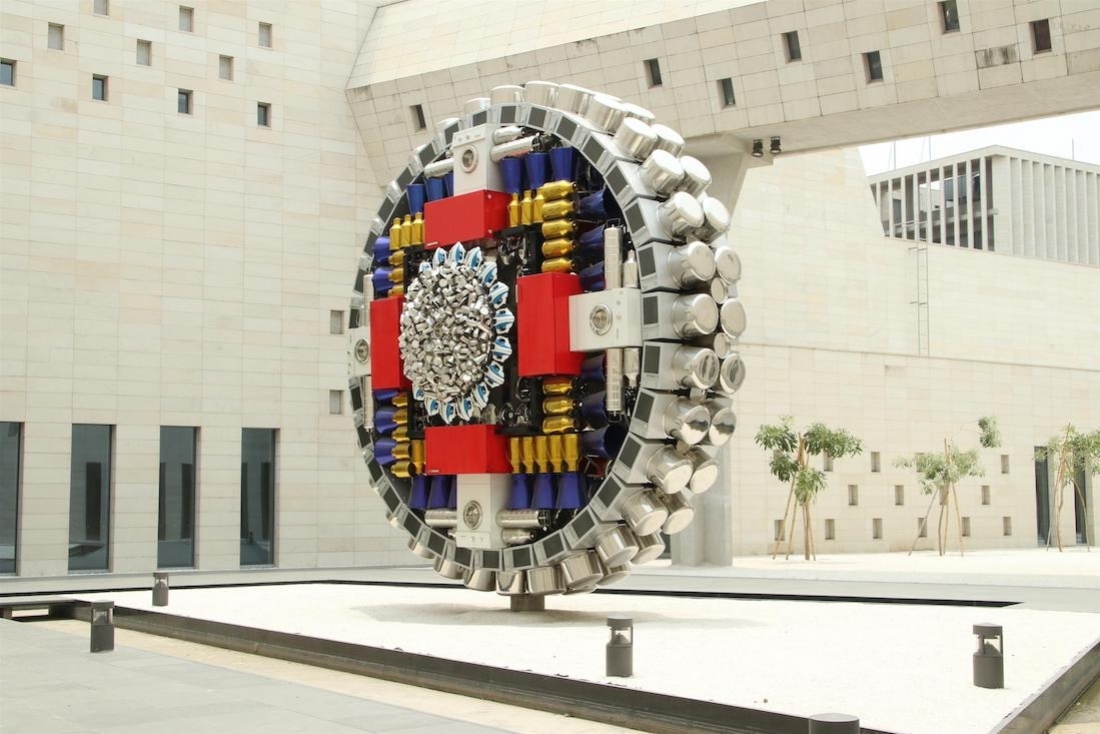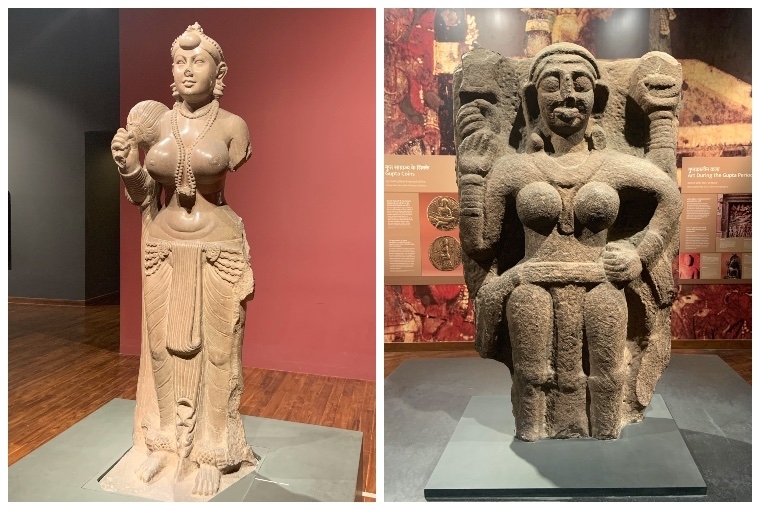

In conversation with the art historian Dr. Alka Pandey, who has curated the first ever Bihar Museum Biennale, which commences today.
The Bihar Musuem Biennale — what is the theme and what was your curatorial process?
The theme of the Bihar Museum Biennale is ‘Bihar, India and The World: Connecting People Connecting Cultures…In Changing Times’. There have been many art biennales so far, but neve a museum biennale. Nobody has ever thought of celebrating the collections and artefacts of the museum. What do these artefacts do? What is the story they tell? What is the process of the transference of emotion? Are they relics of the past? Do the relics of the past have anything to do with the present and the future? There are a host of questions, which arise about museums today. In contemporary times, a museum has become a laboratory of ideas. It is no longer a static space. It is an experiential space. It is a space where ideas emerge. It is the space of memories, of touch, of experiences. So, the curatorial process had to take everything in mind.
For the first biennale, we began with celebrating Indian museum collections. We had public museums, private museums, museums of indigenous art. From Kiran Nadar Museum or Piramal Museum to the Kanha Museum and the Indira Gandhi Rashtriya Sangrahalaya. So my curatorial process is inclusive. It includes every aspect of living culture, fine art practice and the subaltern voices. I arranged an international conference as part of the Museum Biennale, where not only the prized collections of thirteen museums are shown, but also voices of museum directors, theorists, curators, performers, writers. There are nine panels and each of those panels will tell you my curatorial idea, whether it is platform versus container, or what is a museum. We even have a panel on the role of the Bihar Museum itself because it is one of the most significant buildings in the post-Independent era of public museum. Masterclasses are another part of the Biennale, where experts talk about different aspects of culture, because living traditions and culture are all part of what emerges from a museum. In addition, we’ve also got virtual tours from international museums. The Biennale is opening on the day of Bihar Diwas, 22 March 2021.
The biennale is opening amidst the pandemic — can you tell us your approach?
The concerns of the pandemic are very much a part of the concerns of the Bihar Museum. We were going to have a mega show, but the pandemic changed it all. I had to reimagine the whole display of the museum and we had to do it in a hybrid way. However, following the very recent directive from Bihar, even our hybrid approach is gone. Now it’s all completely virtual. Doing anything virtually definitely has its pluses. There is a wider reach. More people across the world can see it because we are going to do the live streams of the opening and the exhibition. We are using Zoom links, Instagram handles and putting everything up on YouTube. But, having said that, it’s a lot of work. Also, as Steve Jobs himself had said, some very important things only happen when you meet face-to-face. The the human chemistry will be missing. But it’s better to do it virtually right now because the pandemic is going nowhere and we don't know for how long the virus is going to haunt us.
What is it about Bihar that intrigued you?
Everything. Being a history student, you begin the study of India's republic with the great Mauryan empire. You begin with Chanakya, you begin with Chandragupta. And then as a historian, how can you forget the golden period in Indian history, the Gupta period, Magadha — it’s all in Bihar. Buddhism, Jainism, Sikhism, Islam — all of it is present in Bihar. Patna Sharif. Paonta Sahib, the gurudwara. The tenth guru was born here. Vaishali, the land of the greatest Gandika (8:56), the Nagarvadhu, Amrapali. Buddha acquired his gyaan (knowledge) in Bodh Gaya. Nalanda, the greatest of universities. What about Sita, one of the greatest figures of our epics? She comes from Mithila, she is known as Mithila Kumari. All this is in Bihar. As the the first President of India said, if you know the history of Bihar, in some way you know the history of India. So Bihar can never be out of the imagination for any Indian. In many ways, there is a part of India’s soul which lives in Bihar. Bihar not only intrigues me now, it is in my imagination and I will continue to work in Bihar for the rest of my life.

2020 has changed the world for everybody and the new normal is going to be new for everyone. How does it look for the art industry?
I cannot say. Earlier, I remember every time I went abroad, the first thing I did was hit the museums. Will the museums have that kind of money to do turnarounds? Will the museums have that kind of space to do new curated shows? Will the museums have that kind of money when the economy is stretched to such a level and so much money is going into health sector? Will it have money to interrogate single artists like Leonardo, Raphael. There was a big show on the latter in Italy this year. How many people will be able to see that show? Yes, it can be done virtually but the the audience-viewer experience is going to take a great hit. In the art industry, definitely sales is going to take a hit. Of course, nothing is static. Things will change, but we don’t know when the change will happen.
As an art historian, where do you think the art world is heading now?
I am not an oracle. I am not a prophet either. But as an art historian all I can say, and I wish, is that a lot more research will happen. People have much more time. There is less stress, less travel. As a scholar myself, I am going to go back towards the reading of my own civilisation, my own history. I am going to do more retellings and that is what I am working on. I am working on the legends of the Devi. I am working on how the epics are going to create a change in the life of every Indian. The pandemic is giving me time to think, reflect and research in a less stressful environment, so instead of only looking at how there are going to be losses, I am also looking at how there are going to be positives. I am sure many art historians like me are loving the fact that we have more time to read, to write, to reflect and to create new ideas.
Text Shruti Kapur Malhotra
Date 22-03-2021